Photographer Luca Lupi (Pontedera, 1970), known for his experimental landscape research, during his first confinement in the spring of 2020, unable to work in his usual places, developed a system for creating works made of light on paper, which he called Exposures. These are papers exposed to light for a shorter or longer period: the exposure creates marks that resemble geometric shapes or landscapes: “sea horizons appear,” wrote critic Ilaria Mariotti, “invested by last gleams or dalba lights, symbolic windows that for the pastiness of the papers are embodied apparitions, we seem to be able to glimpse a landscape there where the light has stained the sheet consuming it by levare,” and then again “figures and abstractions together recall to us a vast and articulated, sometimes conflicting imaginary: from the Suprematist monochromatic appearances of Ivan Vasilevič Kljun to the liquid backgrounds of Mark Rothko by way of slabbings of the margins and a sense of indefiniteness that detaches the forms from the sheet.” Lupi’s Exhibitions is on view through May 15, 2021 at Cardelli & Fontana Gallery in Sarzana. We had the artist tell us how these works came about. The interview is by Ilaria Baratta.
 |
| Luca Lupi |
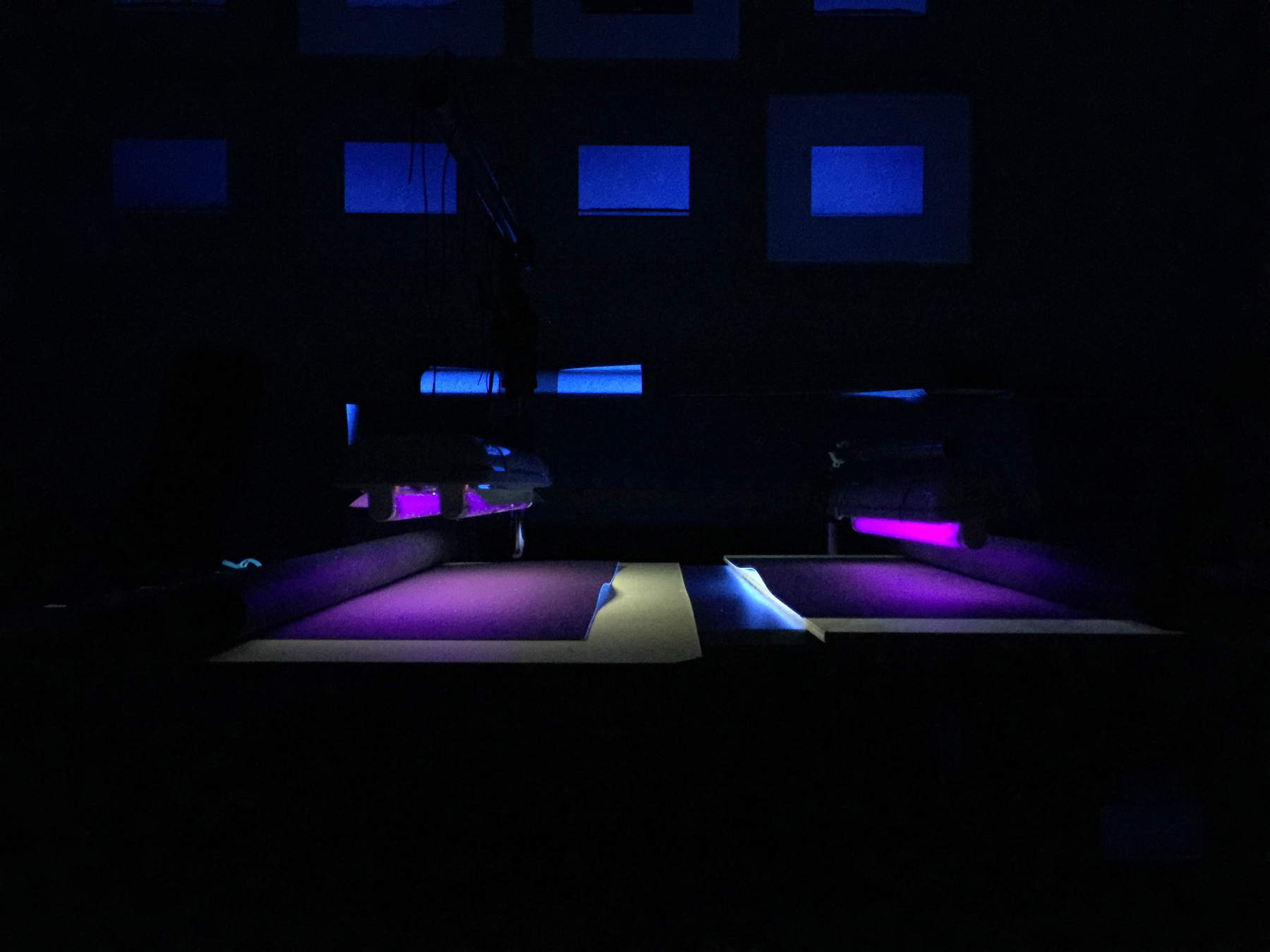 |
| Luca Lupi’s studio |
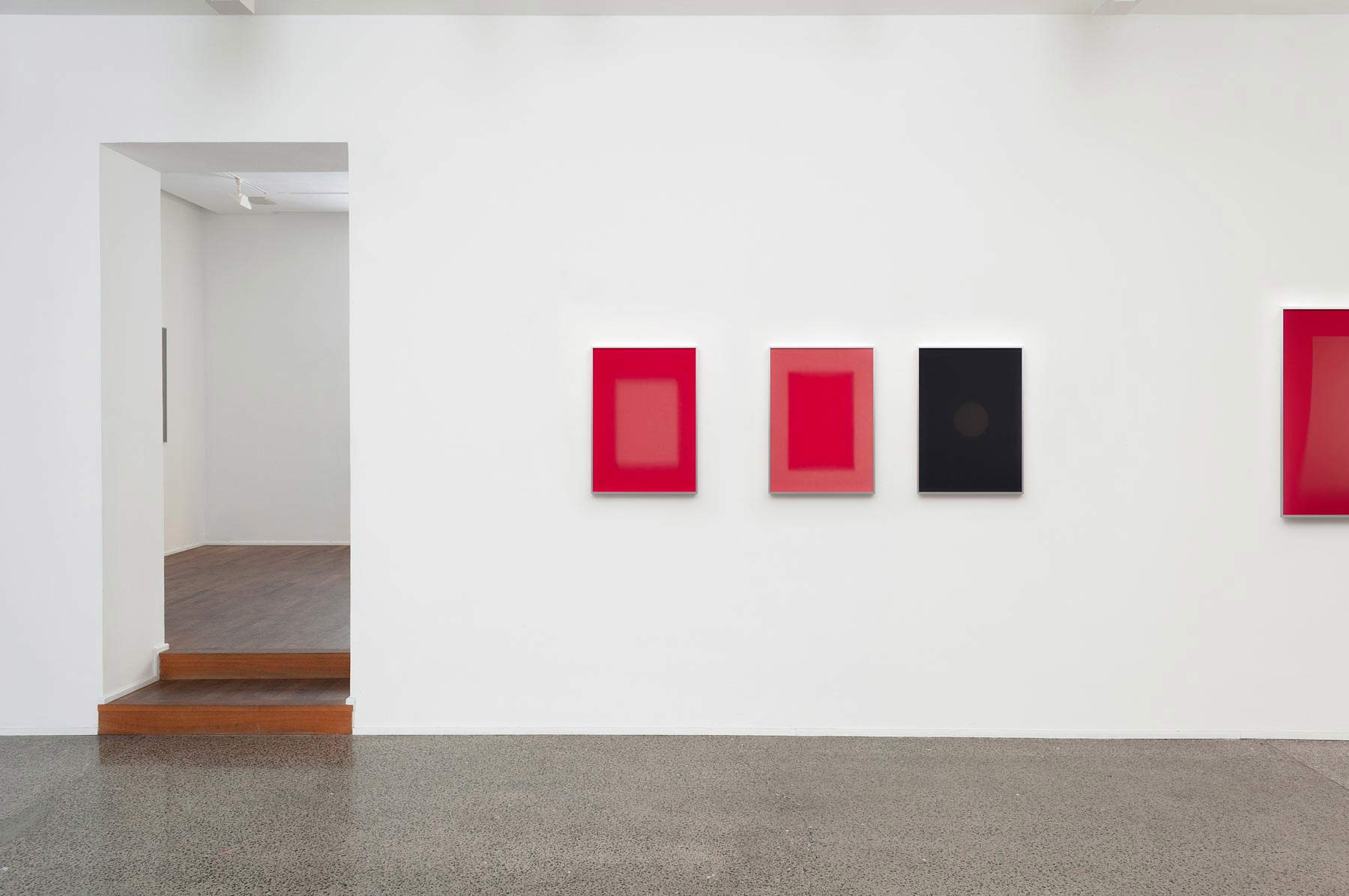 |
| Luca Lupi Exhibition. Exhibitions (Sarzana, Cardelli & Fontana, April 10 to May 15, 2021), installation photos |
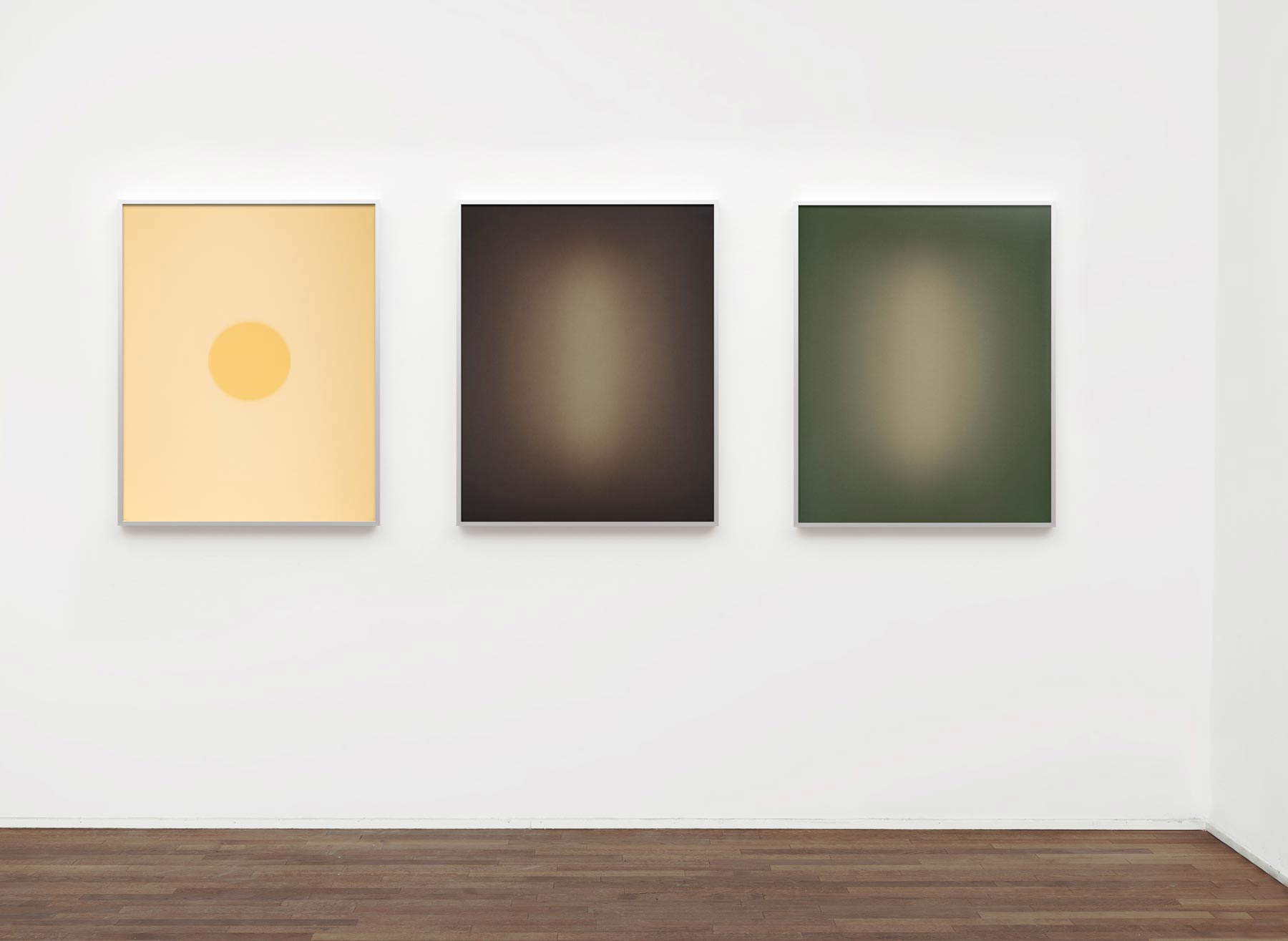 |
| Luca L upi Exhibition. Exhibitions (Sarzana, Cardelli & Fontana, April 10 to May 15, 2021), photos of the set-up |
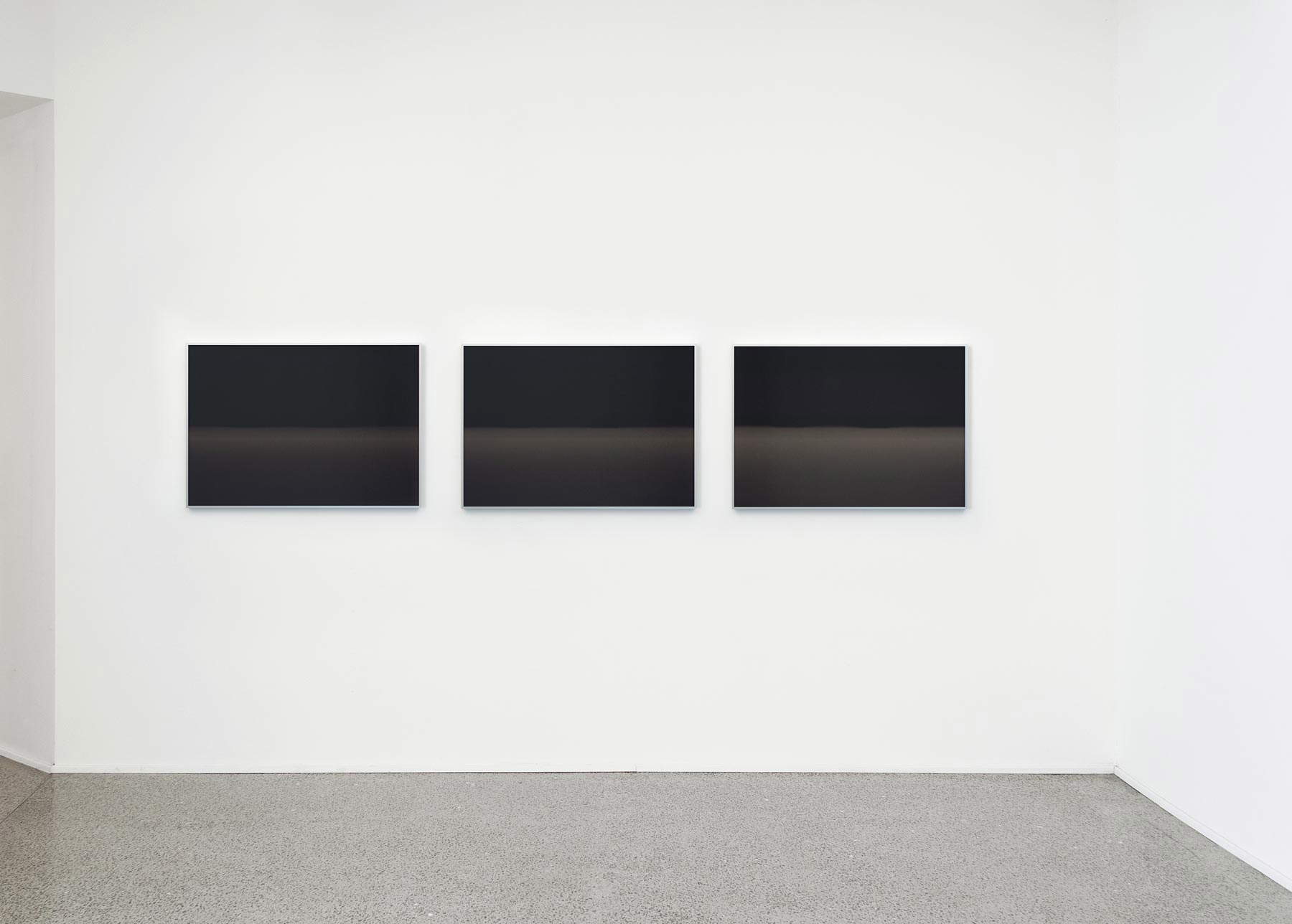 |
| Luca Lupi Exhibition. Expositions (Sarzana, Cardelli & Fontana, April 10 to May 15, 2021), photos of the exhibition set-up |
IB. The works in the exhibition were made in the spring of 2020, when we were all obliged to stay locked in our homes in lockdown. What, then, were these new photographic works born from?
LL. The project was born from a fortuitous case: in my bookcase I have a book that, for a long time, had been exposed to sunlight. Some time ago I had the need to consult it, and when I went to pick it up I saw that the sun had left a mark that reminded me of a landscape, and from this fact came the idea to try to experiment, to see if it was possible to manage this process by creating works. So I started to select papers and expose them to sunlight for a certain period of time: it was the end of 2019, and at the beginning of March, when I went to remove the various masks that I had specially created, I had noticed that they had left a mark on the paper. That was the beginning, and from there I began to experiment on different types of paper and media with the goal of being able to come up with an image that I had in mind. Later, having made the first experiments with sunlight, I set up a system that has enormously more power than sunlight and that I can handle directly in the studio: it is a special lighting that works on matter and color and it was born right then, in the spring of 2020. I couldn’t go out to photograph, it was impossible for me to move around to do the research I’ve always done on landscape photography: however, it was like finding the landscape within myself to project it onto a work.
Main themes in your photographic research are natural environments, such as the sea, the coasts, the land, which presuppose being outdoors. What has it meant for you to have to stay in an enclosed environment for so long and how has it changed (if at all) your photography making?
It hasn’t been easy: I’m used to doing research through the internet and with Google Earth to maybe find places that I can photograph either from sea to land (for example for the Landscapes project) or from land to sea (like those in the Finis Terrae project). These are all photographs taken in various places around the world, from Tuscany to Europe, from New York to Tokyo. Here, suddenly finding myself locked in my house without being able to move to make my work threw me into a state of great difficulty. But through this project I managed to find something that allowed me to be able to travel with my thoughts, and to be able to produce images within the studio.
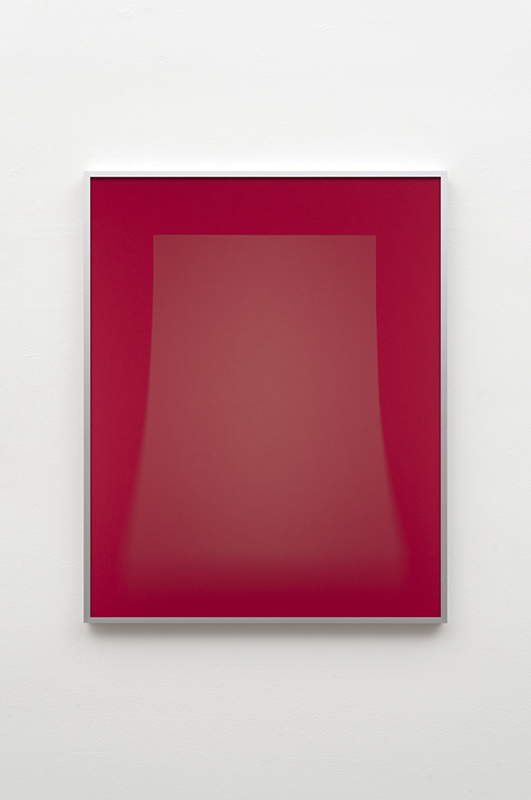 |
| Luca Lupi, Exposition LVIII (February 2021; light on paper, 94-hour exposure, 100 x 80 cm, one piece) |
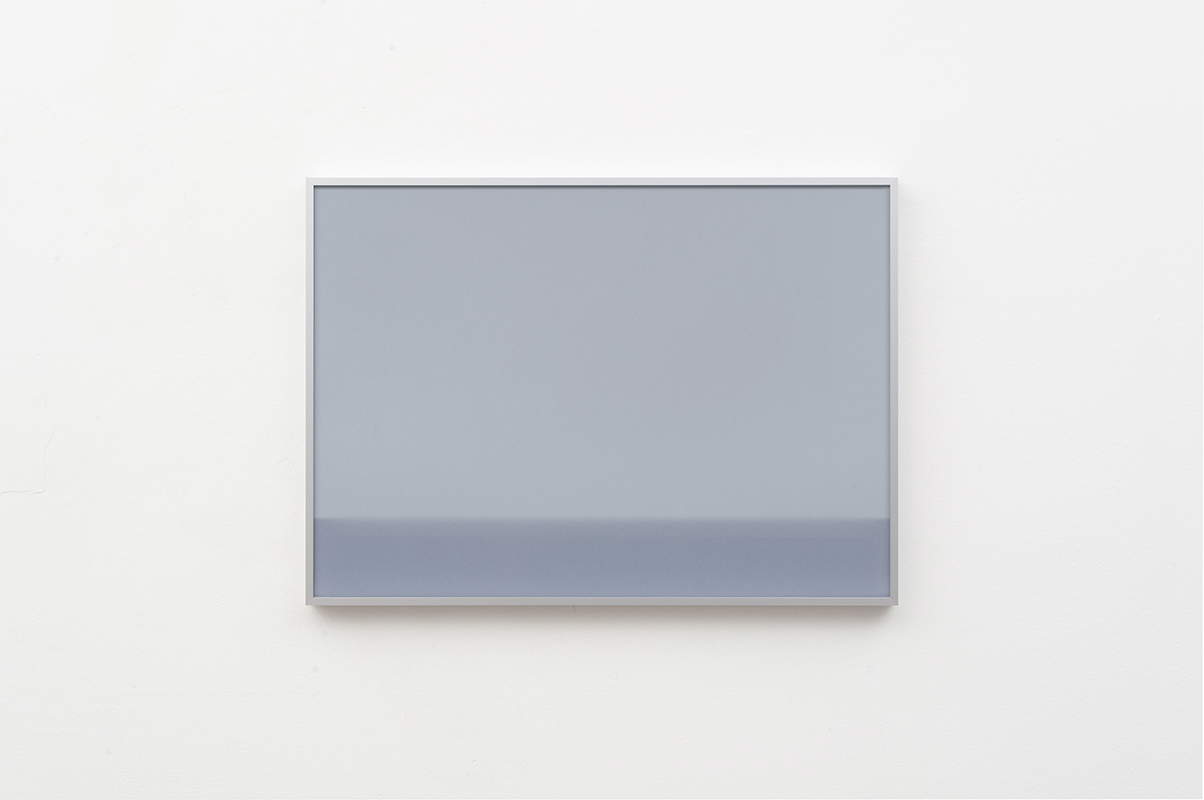 |
| Luca Lupi, Exposition XXIII (May-June 2020; light on paper, 52-day exposure, 50 x 70 cm, single specimen) |
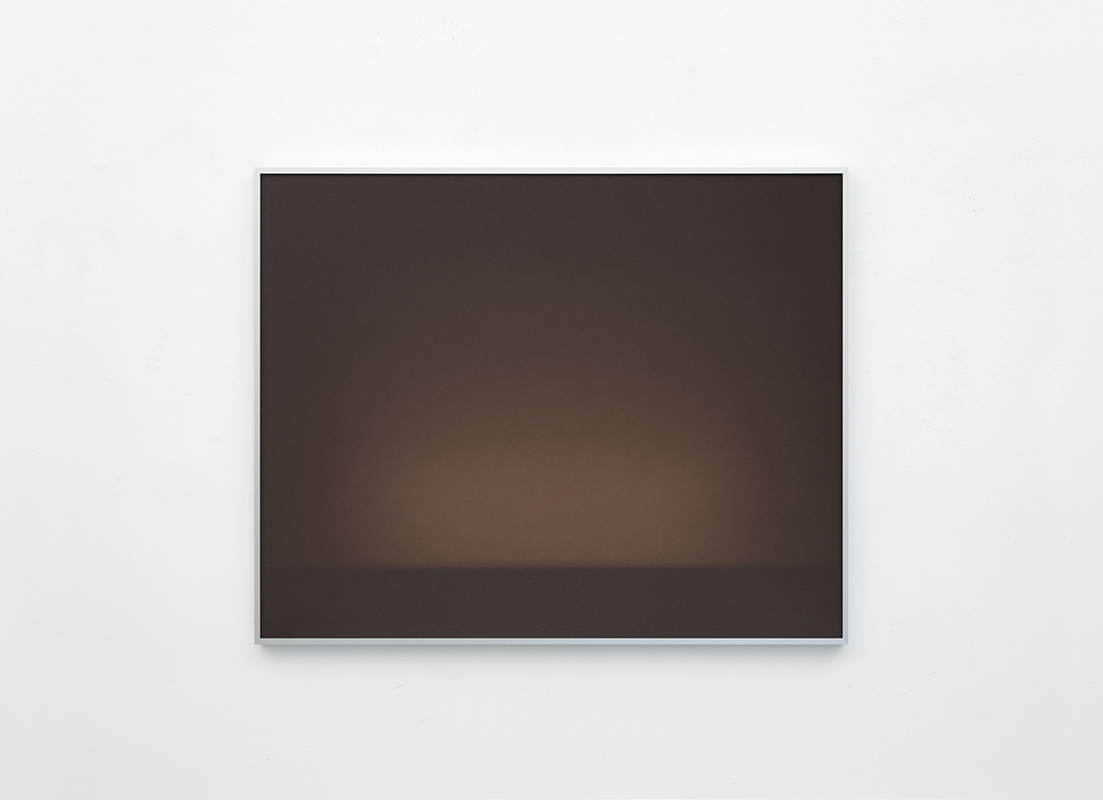 |
| Luca Lupi, Exposition XLVIII (December-January 2021; light on paper, 8-day exhibition, 80 x 100 cm, single specimen) |
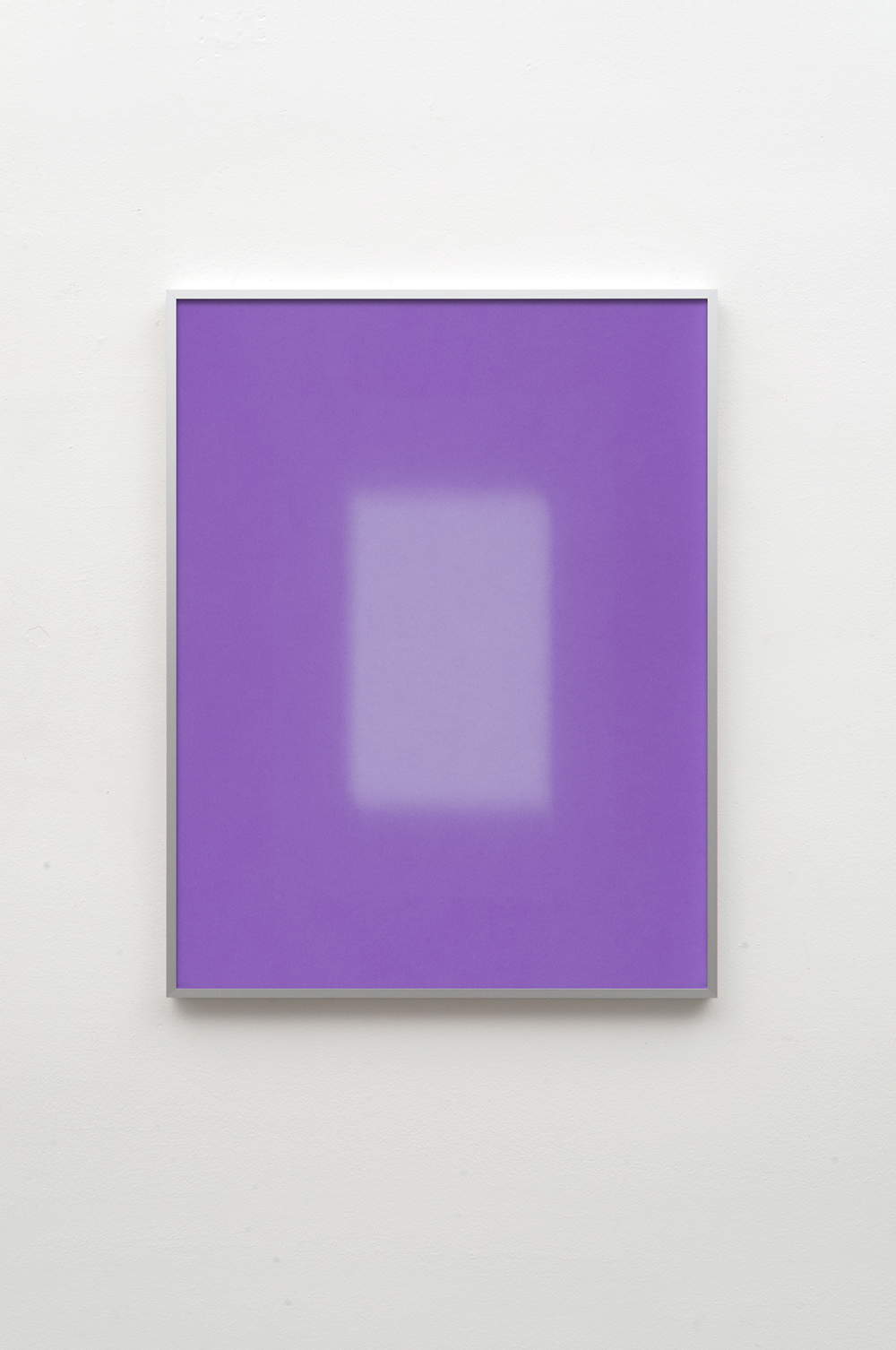 |
| Luca Lupi, Exposition XXX (May 2020; light on paper, 13-day exhibition, 65 x 50 cm, single specimen) |
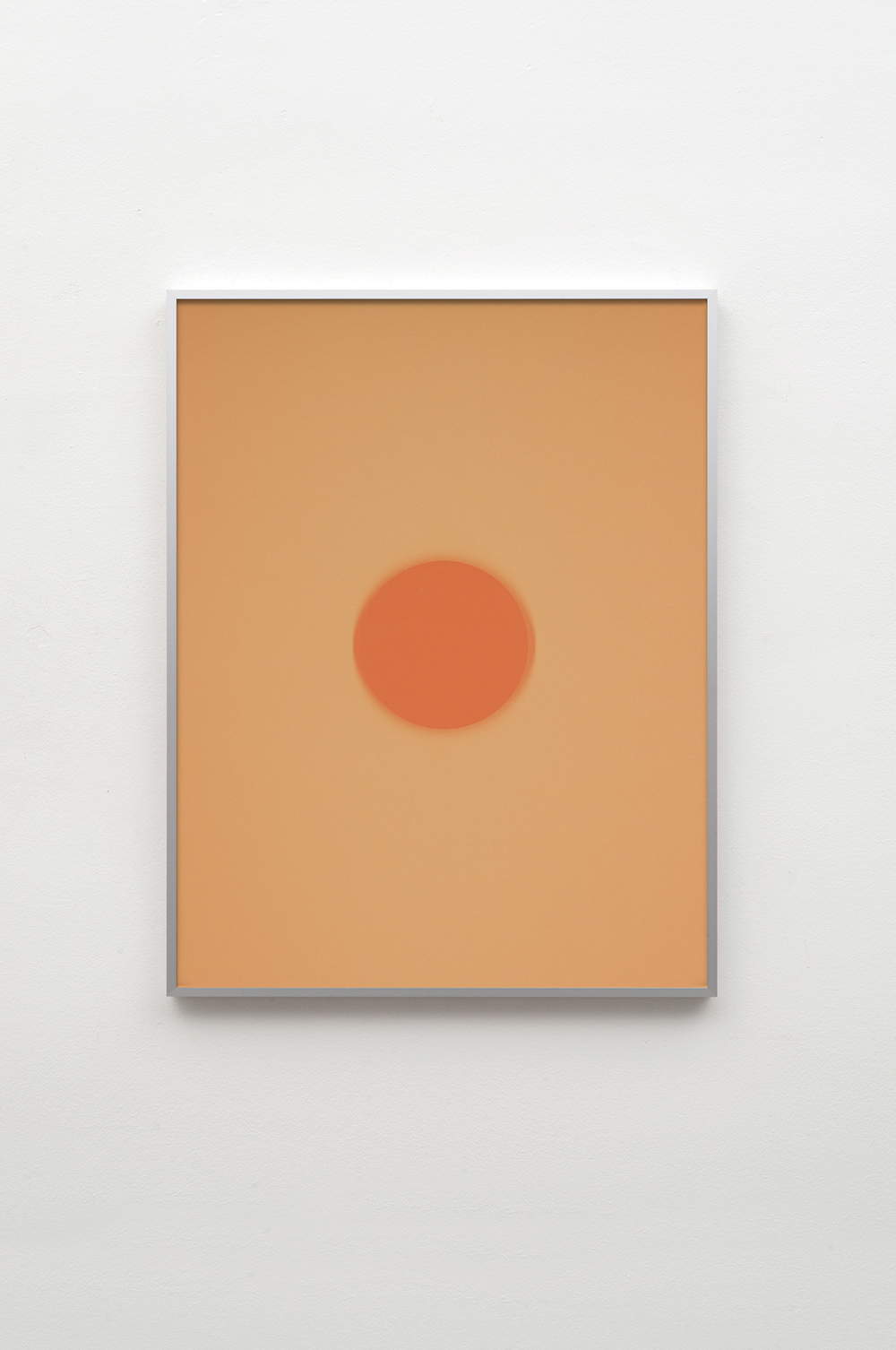 |
| Luca Lupi, Exhibit LII (February 2021; light on paper, 18-hour exhibition, 50 x 65 cm, single specimen) |
Common title for all the works in the exhibition is Exposures, which refers to the process by which he made this new series of photographs. These are works made of light on paper. Can you tell us about them? Time also takes a central role.
Time is fundamental, as fundamental is light: light is the subject of the work, but also the means by which I achieve the work itself. The three focal points of the work are light, time and matter: with light I can change the matter of the paper and imprint a form on it that can recall the landscape. Or again, I can create forms of light, with the light diffusing onto the paper itself and creating an image.
These are works composed of simple shapes, such as circles, rectangles that expand or even surfaces that match the picture plane, but in the eyes of the viewer they can become landscapes, horizons, through imagination. The imaginative component then becomes fundamental, it is an almost necessary step that is up to the viewer....
Yes, clearly the work gives an input and then it is the observer who mentally creates his image and finds his form.
It was a work that can be described as “experimental.” How important is it for you to experiment in your photographic research?
It is crucial, because I believe that photography in this day and age is now so exploited (every day we are besieged by advertising images, news images, and so on) that we live in an almost suffering situation vis-à-vis the widespread image. So to be able to go back almost to the beginnings of photography, just to when the forms were more essential, and did not even represent reality (it was, if anything, inner reality) was a very important prerequisite, all the more so in a period of denial, because we were completely isolated from the world, so that I could only find something that would take me right back to the beginning of images, to the first experiments of the nineteenth century, such as those of William Fox Talbot, to the first studies on the permanence of the image on paper, with the hope of being able to say something new in a context in which by now photography is so widespread that I was trying to simplify and arrive at simple, almost primordial forms, at something that could bring the observer back to the essence of the image itself. In terms of technique, I used a system similar to what is used in the darkroom, through masking and burning the photographic paper. The system also starts from the work I did in the darkroom for ten years, when I was able to experiment with the effects of light on paper: thus, I tried to bring these processing techniques back to the Exposures project. In some of the works in the project however, there is not even masking, only the effect and diffusion of light on paper (at the points closest to the lighting system the matter is broken down, there is a loss of pigments which then creates the image).
This is the third time he is exhibiting at Cardelli & Fontana Gallery: the first time in 2016 with a project on the abandoned spaces of the former Ceramica Vaccari in Santo Stefano Magra; then in 2018 with projects centered on the horizon and the plant world. Now with a project on light. What will be your future projects? Are you already working on any other projects?
At the moment I am very passionate about this work: it is a year that I am totally dedicated to Exhibitions, both because of force majeure and because perhaps the moment in which we live has pushed me very much toward this project. It is work that is just beginning and this is the first exhibition where I am presenting it, but I have found that I really enjoy working with light, so I will continue with this kind of work to see how far I can go with this process.
Warning: the translation into English of the original Italian article was created using automatic tools. We undertake to review all articles, but we do not guarantee the total absence of inaccuracies in the translation due to the program. You can find the original by clicking on the ITA button. If you find any mistake,please contact us.